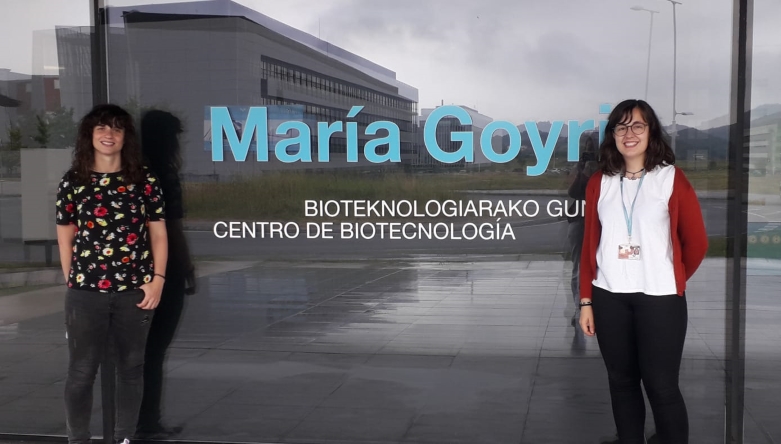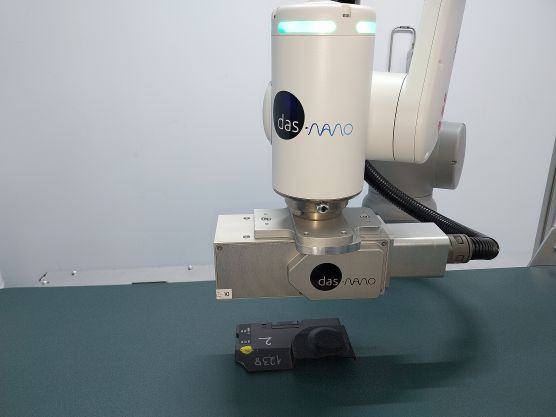Non-invasive method developed for diagnosing eosinophilic oesophagitis

Researchers from Biodonostia, the General Hospital of Tomelloso, Ikerbasque and the University of the Basque Country / Euskal Herriko Unibertsitatea have developed a new non-invasive method that facilitates the diagnosis of eosinophilic oesophagitis.
The work has been published in the prestigious journal “Clinical Gastroenterology and Hepatology”, which is ranked among the top ten scientific journals in the field of Gastroenterology.
 Eosinophilic oesophagitis is a disease characterised by chronic inflammation of the oesophagus. This inflammation is caused by eosinophils (a type of white blood cell) infiltrating the mucosa and causing difficulty in swallowing. Although it is a rare disease, its prevalence is increasing. Until now, it has been diagnosed by analysis of several biopsies taken at different sites.
Eosinophilic oesophagitis is a disease characterised by chronic inflammation of the oesophagus. This inflammation is caused by eosinophils (a type of white blood cell) infiltrating the mucosa and causing difficulty in swallowing. Although it is a rare disease, its prevalence is increasing. Until now, it has been diagnosed by analysis of several biopsies taken at different sites.
biopsies taken from different parts of the oesophagus. This test is considered invasive and very uncomfortable for patients. Therefore, the development of non-invasive tests has become a challenge.
Research carried out by Biodonostia, the UPV/EHU and the Hospital General Tomelloso (Ciudad Real) was based on the hypothesis that, as the mucosa of the mouth is located close to the oesophagus, it was possible to find useful biomarkers, with the added advantage that obtaining samples from the mouth is very simple.
To find these biomarkers, 68 genes that may be involved in eosonophilic oesophagitis were selected and their activity was analysed in patients with active oesophagitis, patients in remission and healthy controls, recruited from the Hospital General de Tomelloso and Hospital Universitario Donostia. Of these 68 genes, 29 could be detected in mouth samples and eight of these genes were shown to be potential biomarkers. Thus, these genes were analysed in additional patients and three of them showed differences in their activity between patients and healthy controls. The use of these three genes in combination with clinical data, such as gender or the presence of atopy, has a predictive ability of 95%.
The authors hope that these promising results will serve as a basis to facilitate the diagnosis of eosonophilic oesophagitis by reducing the number of invasive tests. Further work is needed to validate the results obtained and to explore the possibility of using this test to differentiate eosonophilic oesophagitis from other oesophageal diseases.




